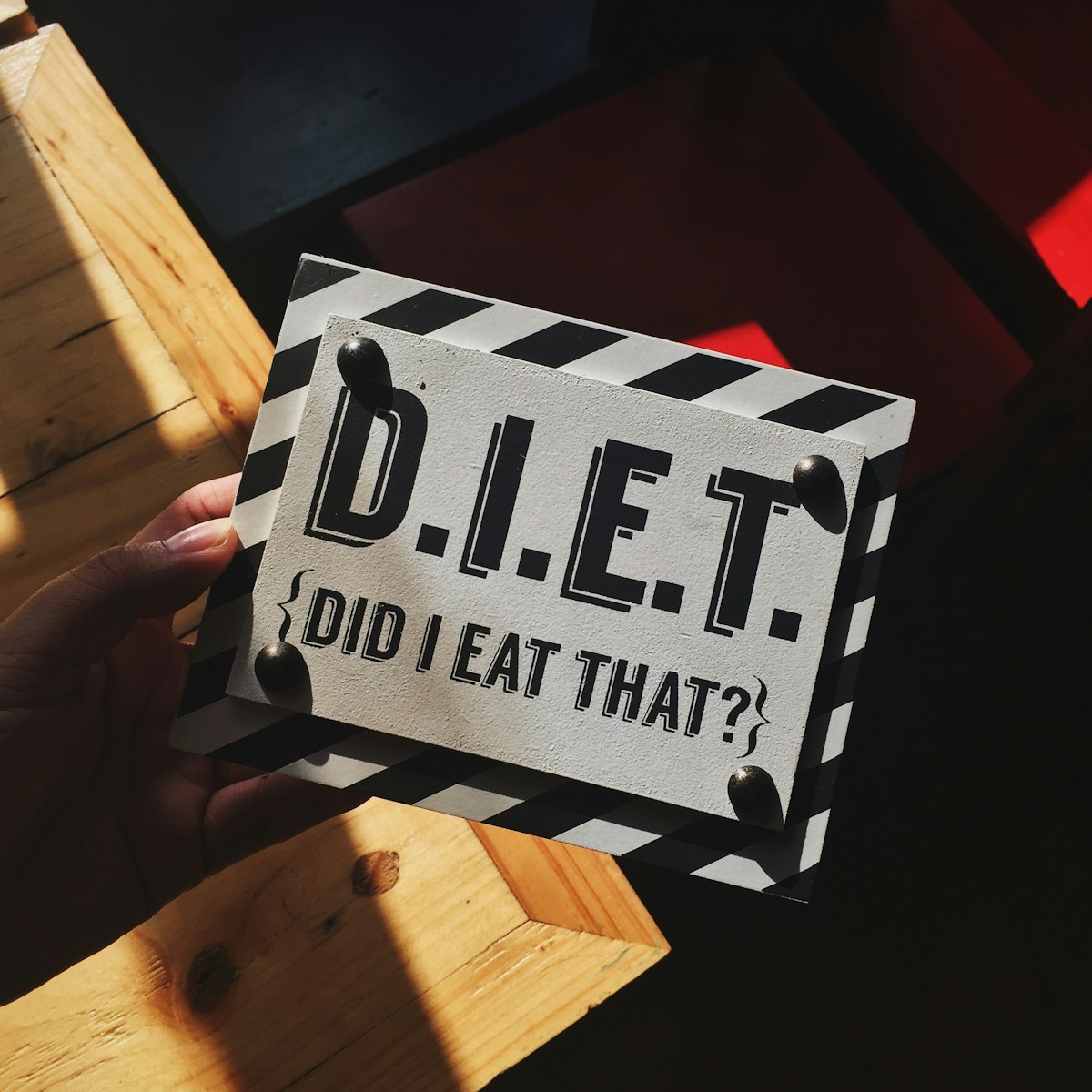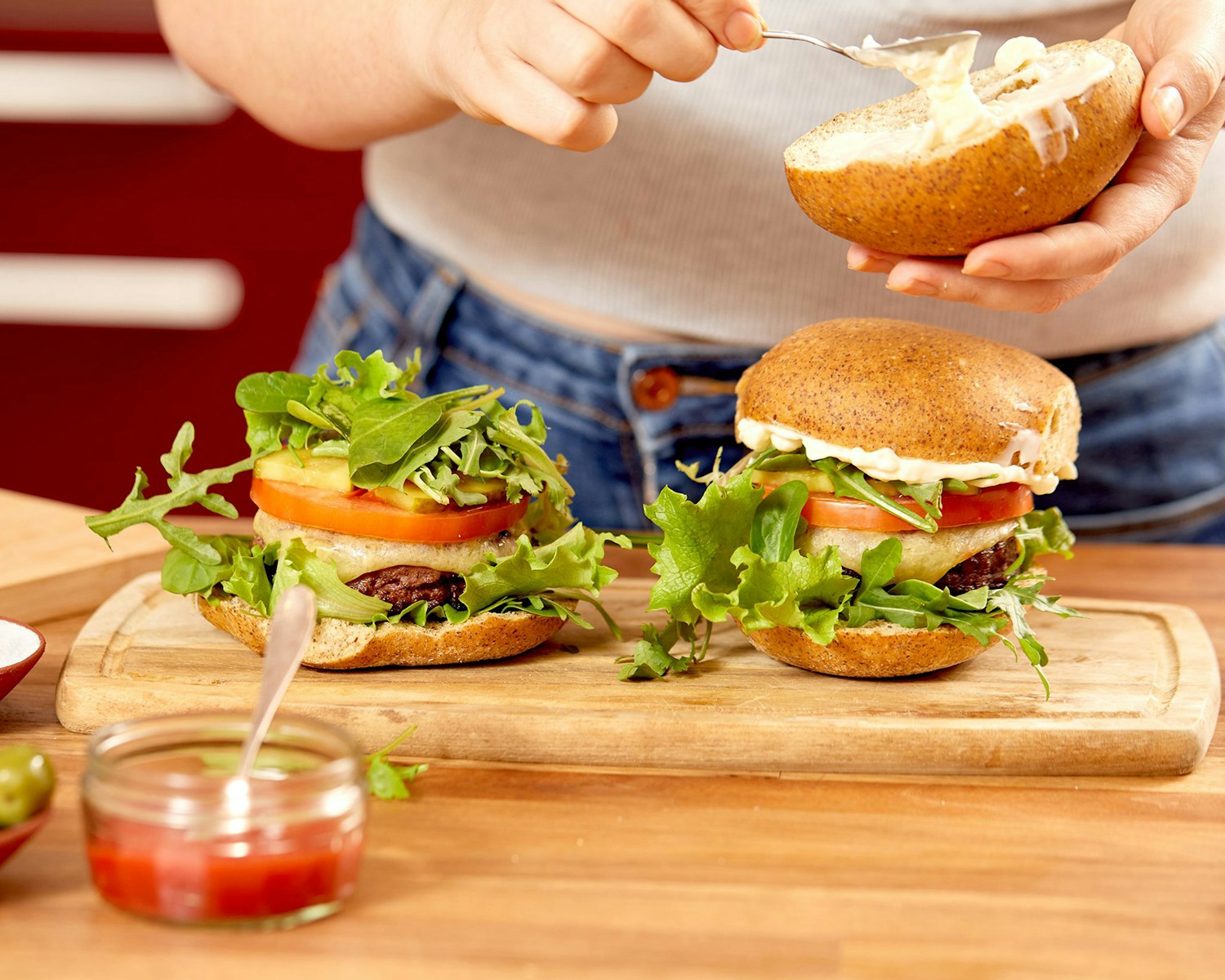Embarking on a dietary transformation can be both exhilarating and intimidating, especially when it involves profound shifts in eating habits and lifestyle choices. The ketogenic diet, or keto for short, has been a buzzword in the health and weight loss community for some time now, gaining recognition for its potential to prompt significant fat burning and weight loss. If you’re a beginner intrigued by this high-fat, low-carb approach, this extensive guide will illuminate your path and offer practical tips and tricks to commence your keto journey.
What is Keto for Beginners?
Keto for beginners encompasses the foundational steps and understanding necessary for someone new to the ketogenic diet. Essentially, the keto diet pivots on altering your body’s primary energy source from carbohydrates to fats. By significantly reducing carbohydrate intake and replacing it with fat, your body enters a metabolic state known as ketosis.
During ketosis, the body becomes incredibly efficient at burning fat for energy. It also turns fat into ketones in the liver, which can supply energy for the brain. The drastic decrease in blood sugar and insulin levels, combined with the increased ketones, has numerous health benefits.
How Keto for Beginners Works
For a beginner, the working principle of the keto diet is quite straightforward—limit carbohydrates to a bare minimum (typically less than 50 grams per day) and increase the intake of healthy fats. As carbs are reduced and fat is ramped up, your body begins the transition into ketosis.
Ketosis is a natural process initiated by the body to help us survive when food intake is low. During this state, you produce ketones, which are produced from the breakdown of fats in the liver. The goal of a properly maintained keto diet is to force your body into this metabolic state through starvation of carbohydrates, not calories.
How to Start Your Keto Journey
Beginning your keto journey requires commitment and preparation. Here are the steps to guide you:
- Understand your macros: Macros, or macronutrients, are fats, proteins, and carbohydrates. In a keto diet, you aim for about 70-80% of your daily calories from fat, 20-25% from protein, and 5-10% from carbs.
- Purge the pantry: Remove high-carb temptations from your home like bread, pasta, sugary snacks, and cereals.
- Go grocery shopping: Stock up on keto-friendly foods such as meats, fatty fish, eggs, butter, cream, cheese, nuts, seeds, avocados, and low-carb vegetables.
- Plan your meals: Prep and plan your meals ahead of time to avoid reaching for convenient carb-heavy options.
- Stay hydrated: Increasing water intake is crucial when you’re on a keto diet to prevent dehydration.
- Replenish electrolytes: As carb intake decreases, so does the storage of glycogen and the water bound to it, along with electrolytes. Make sure to get enough sodium, potassium, and magnesium.
Keto for Beginners Tips and Tricks
Here are some tips and tricks to make your transition into the keto diet smoother:
- Take it slow: If you’re used to a diet high in carbs, ease into the keto diet gradually to give your body time to adjust.
- Find a support group: Connect with others on the keto journey to share experiences, recipes, and motivation.
- Track your intake: Use a food tracking app to ensure you’re staying within your macro goals and maintaining a calorie deficit for weight loss.
- Experiment with recipes: Prevent dietary boredom by trying new keto recipes and experimenting with different low-carb substitutes.
- Prepare for the keto flu: Some people experience flu-like symptoms as they enter ketosis. Stay hydrated and replenish electrolytes to alleviate these effects.
- Listen to your body: Pay attention to how different foods and macronutrient ratios affect your energy, hunger, and cravings.
Keto for Beginners Conclusions
Embarking on the keto journey can be a life-changing experience for beginners, particularly for those seeking weight loss and enhanced fat burning. It’s imperative to approach this dietary shift with diligence, preparation, and patience. While the keto diet is restrictive compared to traditional eating patterns, it offers a plethora of delicious and satiating options that can make the transition easier and more enjoyable.
As with any lifestyle change, it’s important to consult with a healthcare provider before starting, especially if you have underlying health conditions. Once you have the green light, equip yourself with knowledge, prepare for challenges, and stay committed to the process. The keto journey isn’t just about shedding pounds; it’s about cultivating a healthier relationship with food and learning how your body responds to different fuels. Embrace the learning curve and let the keto diet open the door to a new, healthier you.







